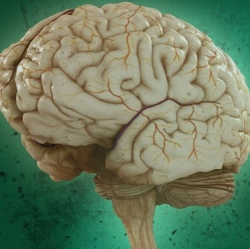
The study offers additional justification for the development of therapeutics using cannabinoid receptors to treat chronic pain. The function of two forms of endocannabinoids, cell membrane receptors that bind cannabinoids, was studied.
Susan Ingram, Ph.D., an associate professor of neurosurgery in the OHSU School of Medicine and senior author of the study, notes that this may be a way by which better pain medications, that are not addictive, can be obtained. Ingram and her colleagues note that the treatment of chronic pain has challenged the medical system, as medications are not always effective, or create serious side effects. Emerging data does however indicate that drugs that target the endocannabinoid system could produce analgesia with less side effects when compared to opioids.
The body’s endocannabinoid system consists of receptors, endocannabinoid molecules and enzymes. These components make and degrade the endocannabinoids that are located throughout the peripheral and central nervous system, and in the brain. The team concentrated on two cannabinoid receptors, known as CB1 and CB2. These receptors are located in the rostral ventromedial medulla – a group of neurons known to modulate pain located in the brainstem. This is the first study to examine the function of the CB1 and CB2 receptors at the membrane level, both in adult and late adolescent neurons.
The researchers noticed that chronic inflammatory pain decreased CB1 activity, while the activity of CB2 receptors increased. Both CB1 and CB2 receptors are activated by cannabis equally. The study proposes that the selective activation of CB2 receptors could contribute to the medicinal benefit of cannabis. At the same time, the propensity of the other cannabinoid receptor, CB1, is minimized to induce withdrawal and tolerance.
Ingram noted that the next phase of the research would explore this area of brain circuitry further. This could ultimately lead to the development of a new genre of pain medication.
